Space is filled with mystery. In the last 50 years, we have sent man-made satellites to explore our solar system and beyond. Their discoveries continue to amaze us. Let us take a look at some recent NASA photos which have captured our imagination.
What We Thought Was Empty Space
Space is incredibly big. When we look out into the night sky, we see countless stars. But those are merely our closest neighbors in space. Behind them lie other galaxies like our own Milky Way with it its own cluster of stars. In 2003 and 2004, the Hubble Space Telescope took a series of high-resolution Ultra Deep Field images of just a tiny portion of empty space. Zooming into that space, astronomers found galaxies. And not just a few. This Hubble image captured over five thousand of them. With potentially billions of galaxies in our universe, the existence of intelligent extraterrestrial life is highly probable.
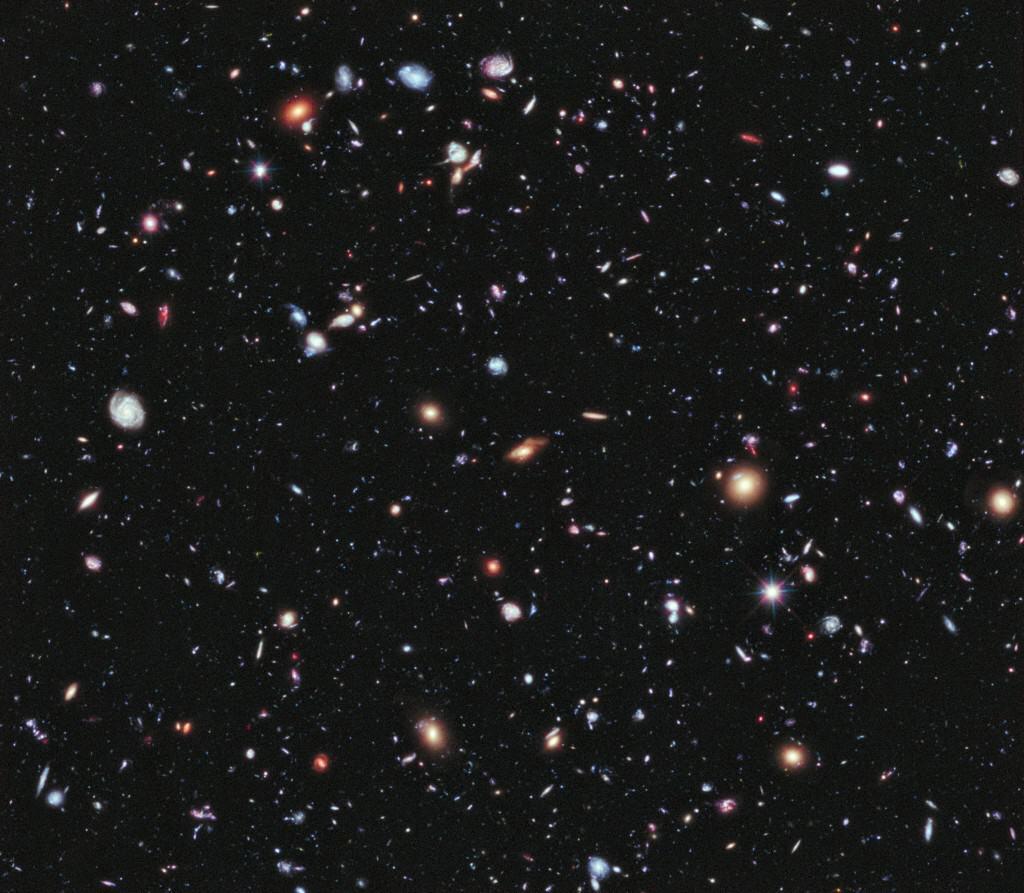
You May Also Like: Bootes Void: What is this Patch of Space with Few Stars
Shiny Lights on Ceres
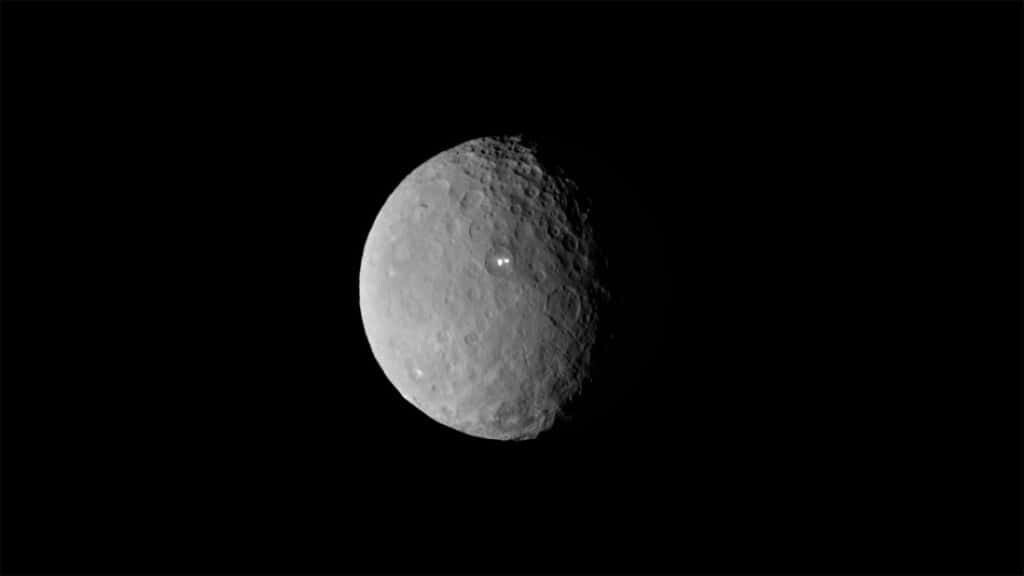
The dwarf planet Ceres has been captivating scientists since its discovery in the early 19th century. Too small to be a planet but too large to be an asteroid, it is the largest floating object in the asteroid belt between Mars and Jupiter. Recent images of the dwarf planet, taken by NASA’s Dawn spacecraft, added a new mystery to the planetoid. The pictures show two bright dots on the surface – one appears brighter than the other. Are they large deposits of some type of metal, or giant volcanoes, or even something even more mysterious? We will have to wait for new higher-resolution images to find out.
Bright Light on Mars
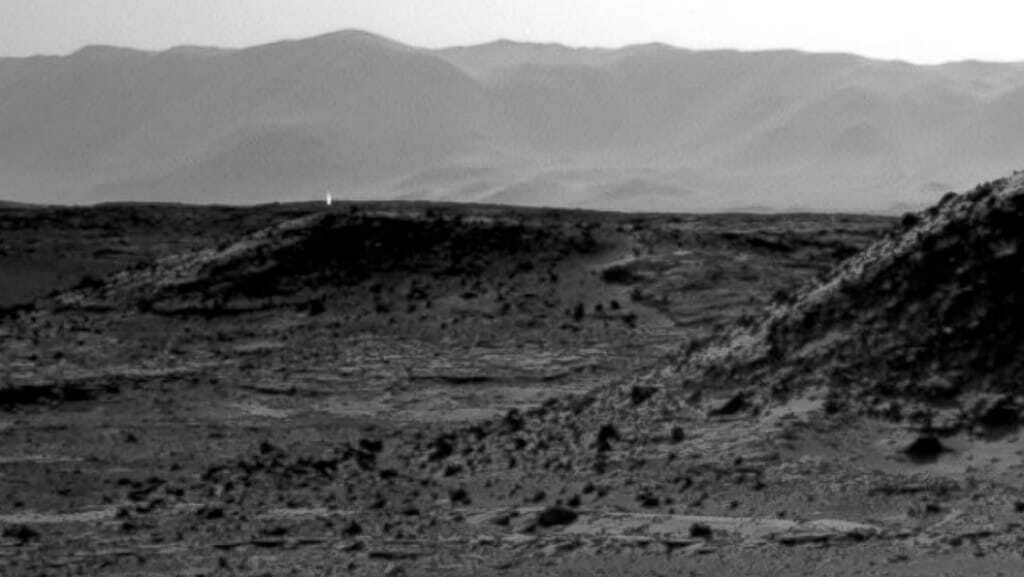
Mars has a long history of captivating our imagination. NASA’s Curiosity Rover landed on Mars on August 6th, 2012. Since then, the Curiosity rover has been transmitting photos back to Earth. On April 3rd, 2014, The rover took this image just after arriving at the waypoint “The Kimberley.” This image sparked a lot of attention from the public. What can explain this light? NASA stated they see these bright spots every week. Mars has a thin atmosphere that allows cosmic rays to easily reach the surface. Should one hit the rover’s camera, it will appear in the picture as a bright dot. Another explanation is even simpler – they are large rocks reflecting sunlight. Even so, our closest neighbor in space still holds many secrets.
Related: Mars and the Great Galactic Ghoul
Saturn’s North Pole Hexagon
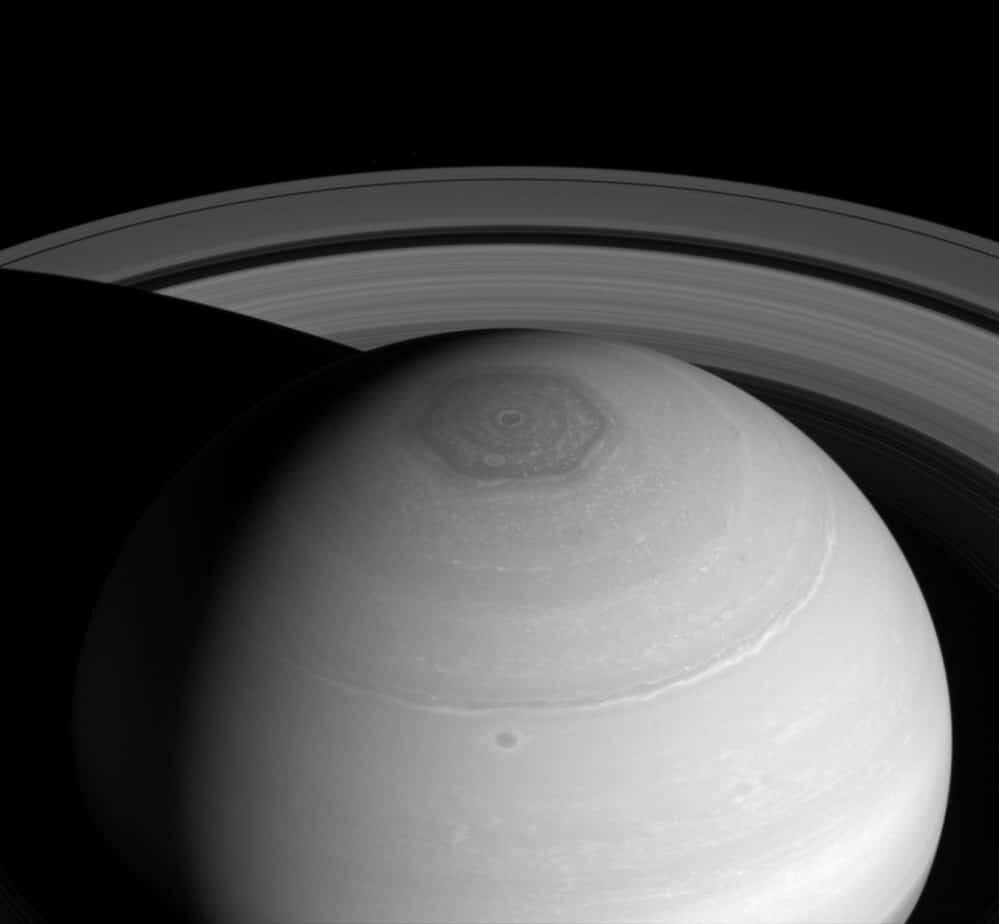
Mars is not the only planet in our solar system holding secrets. Jupiter’s Great Red Spot is a well-known feature. However, few know that Saturn has something similar: a giant hexagon at its North Pole. Each side of the hexagon is 8,600 miles long, which is more than the diameter of the Earth. Scientists believe that, like Jupiter’s spot, it is also formed by powerful atmospheric winds. However, we won’t know for sure until we can take even closer photos of the great gas giant.
The Black Knight
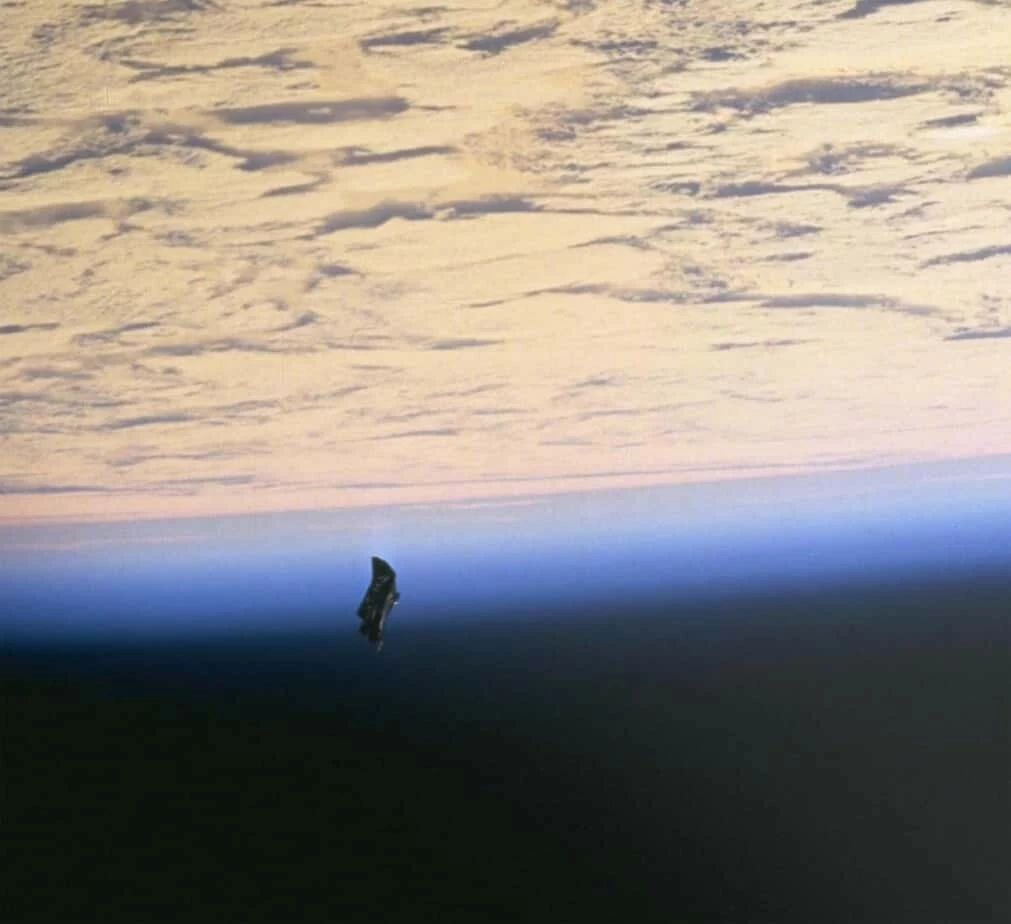
Have you heard about the alien artificial satellite orbiting our Earth known as the Black Knight? The Black Knight artificial satellite is a collection of unrelated stories that have morphed into one over time. The story first appeared in various newspapers in 1954 when it was reported that two artificial satellites were orbiting the Earth. Keep in mind that during this time, neither the United States nor the Soviet Union had that technology.
The story was reinforced when in February 1960, the United States Department of Defense discovered an unknown object circling the Earth in a polar orbit. It looked like nothing that they have seen before, and it was clearly not natural in origin. The Defense Department tracked it for two weeks as rumors ran wild. Was it Russian, Was it the Black Knight, did it have an exotic origin?
The object was soon identified as a piece of the Discoverer V satellite launched by the Air Force a few months earlier. But that wasn’t the end of the Black Knight mystery. The image above has been circulating the internet as the latest image of this alien Black Knight satellite. The image was taken by the Space Shuttle Endeavor during the STS-88 mission in 1998. But contrary to the various reports concerning this image, it is nothing more than space debris. In fact, this object is not alien at all, but simply a thermal blanket which dislodged from the Space Shuttle Endeavor during this mission.
Humankind has taken a quantum leap into space, as we unravel the mysteries that have held us captive for eons. As long as mankind is able to wonder, imagination will inspire us to explore, to learn, and reach out into the universe further than we ever have. Neal Armstrong said it best: “Mystery creates wonder and wonder is the basis of man’s desire to understand.”